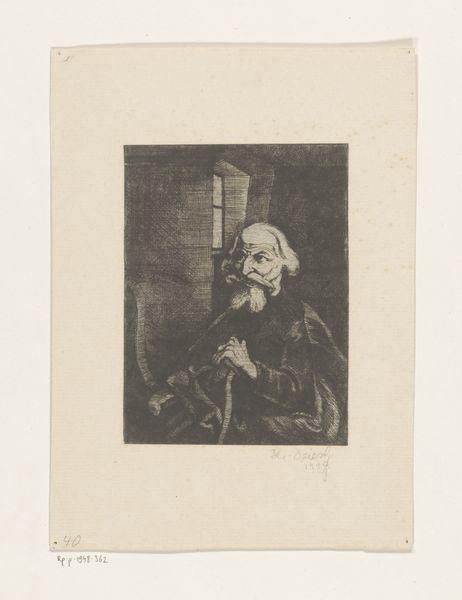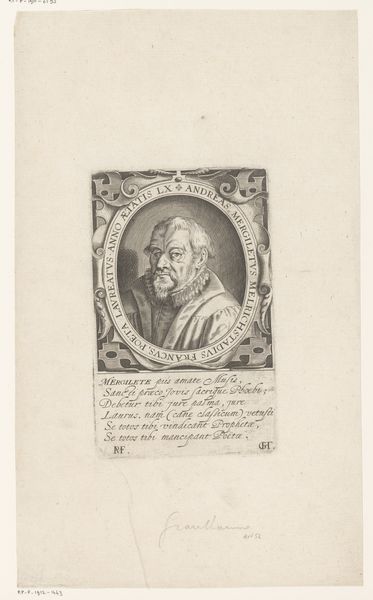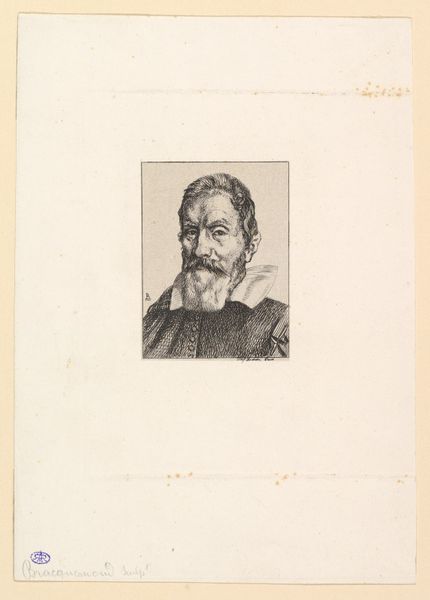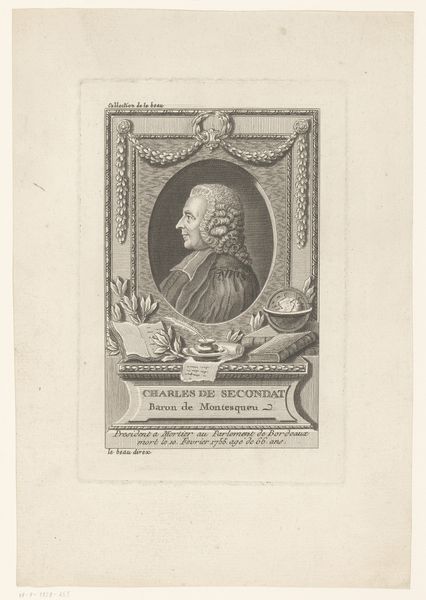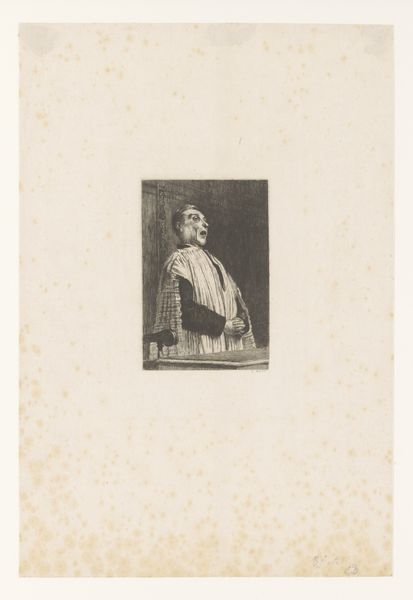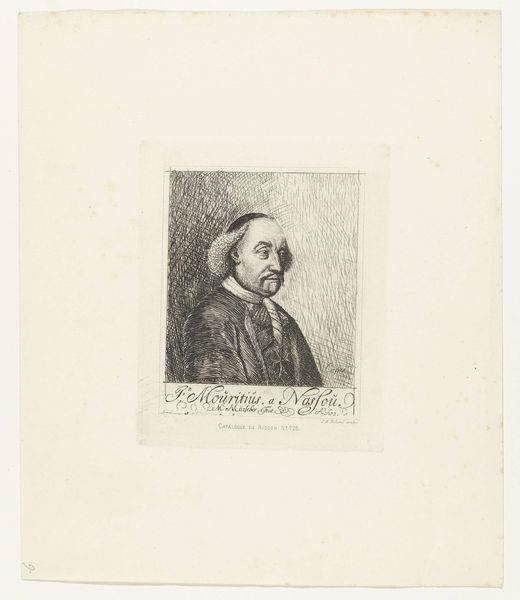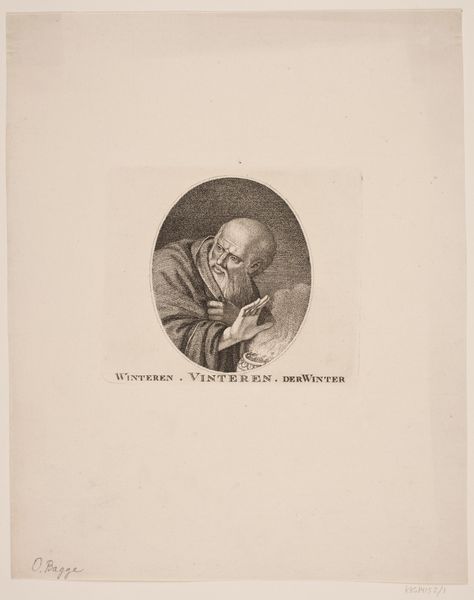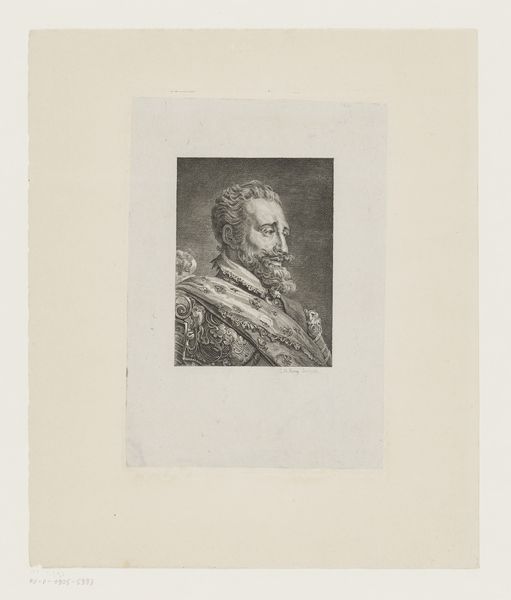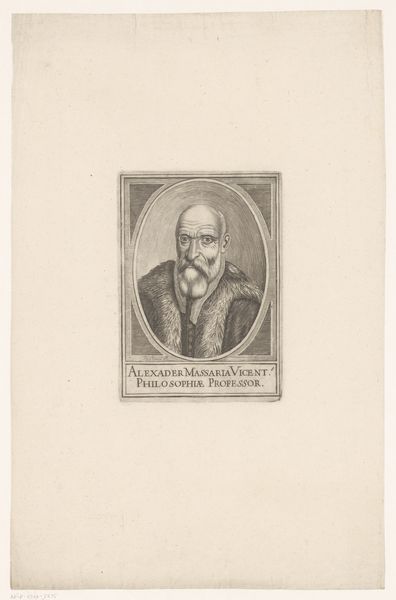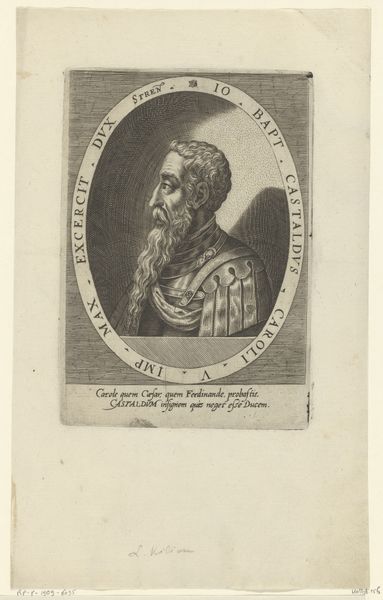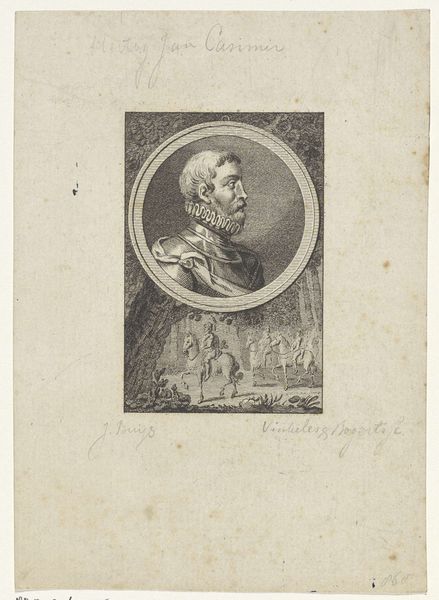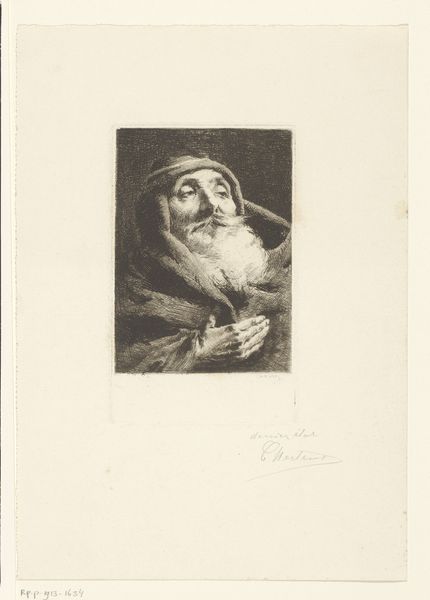
paper, engraving
#
portrait
#
paper
#
11_renaissance
#
northern-renaissance
#
engraving
Dimensions: height 114 mm, width 83 mm
Copyright: Rijks Museum: Open Domain
Curator: Here we have a striking engraving dating back to 1556. Melchior Lorck rendered this portrait of Antun Vrančić, a rather important bishop and ambassador. Editor: My first impression is one of stark formality, wouldn't you agree? The rigid profile view, the tight composition, the austere clothing, it all speaks to a position of authority, doesn’t it? Curator: Absolutely. Vrančić was a key figure, serving as both a bishop and a diplomat. The portrait speaks to his political influence in the context of the Ottoman-Habsburg conflicts and peace negotiations with the Turkish court. Lorck actually worked in the Ottoman court as an artist, documenting Ottoman culture, and this context profoundly influenced his style. Editor: Right, situating this piece within the period gives us more insight. Looking at the texture, it’s incredible that Lorck achieved this level of detail using engraving on paper. Do you think his choice of a stark style was about the cultural environment he was in? Curator: Exactly. I would suggest that the print's relative simplicity and focus on likeness rather than ostentation reflected a shift towards humanism while keeping with Renaissance ideals of capturing individual character and his prominent social position, highlighting his role in peace efforts. This approach resonates more powerfully when seen within the complex interplay of religion and politics that defined Vrančić's world. Editor: I notice that below the portrait image, Lorck inscribed the Bishop's name along with some descriptors and even included his own name within it. Is this framing detail common, do you think? Curator: Inscriptions like that were standard practice during this period, usually in Latin, celebrating achievements and lineage. Here, it connects directly with Lorck, elevating the image’s prestige and recognizing artistic craftsmanship. Editor: Considering it all, what do you see as the main takeaway from this engraving? Curator: It offers us a fascinating lens to understand both individual identity and public role in a tumultuous time in European history. It reminds us that art is always embedded within broader social and political dialogues. Editor: And for me, it underscores the potency of portraits like this to carry forward identity and the enduring dialogue between art and identity through the ages.
Comments
No comments
Be the first to comment and join the conversation on the ultimate creative platform.
